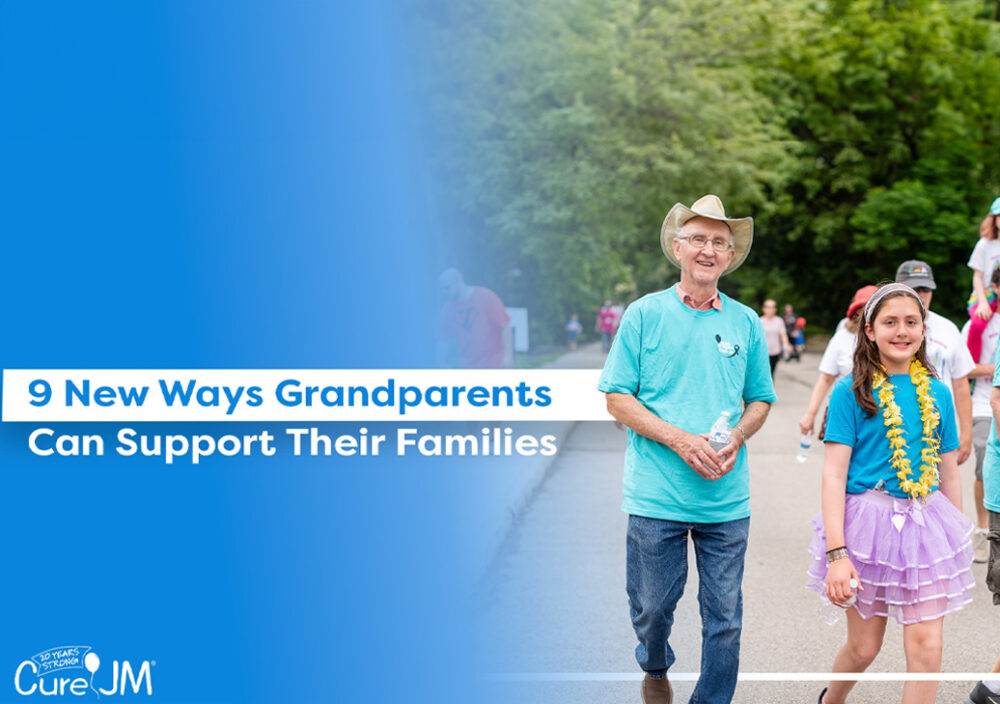Here are some resources and recommendations for ways of addressing pain. These come from pediatric rheumatologists, other medical providers, and researchers specializing in pain management.
- Stopchildhoodpain.org
- Childpain.org
- Megfoundationforpain.org (great advice for procedure-related pain)
- Painguide.com
- Thedysautonomiaproject.org
- Mayo Clinic Anxiety Coach—Anxiety/OCD Program for Children and Their Families (Five Modules)
- Creative Healing for Youth in Pain (CHYP)
Apps
Free unless otherwise stated; search your App Store.
- WebMAP Mobile–education about pain for older kids and adolescents including ways to track and help pain. Copy this address into your browser:
- MindShift—anxiety management tool using CBT
- Breathe, Think, Do—problem solving strategies for children
- MyCalmBeat—guided diaphragmatic breathing
- Breate2Relax—breathing and muscle relaxation exercises
- Small Talk Pain Scale
- Pain Squad
- Achy Penguin
- My Pain Diary – $4.99 – chronic pain and symptom tracker
Books
Referrals
Our pediatric rheumatologists recommend avoiding pain clinics that only offer narcotics or opiates to treat pain. A pain clinic should focus on the person, not just the pain.
- Find anxiety disorder specialists here: www.abct.org and www.adaa.org.
- Read more about the variety of options available at WebMD.
- Read more about research on comprehensive approaches to pain here.
- Physical therapy is highly recommended, with techniques including strengthening and stretching. Other options include transcutaneous electrical nerve stimulation (TENS), ultrasound, massage, and myofascial release.
- Talk to your physical therapist about orthotics if body positioning, mechanics or structural issues contribute to pain.
- Aqua-therapy is great for kids who experience pain with land-based physical therapy.
- Occupational therapy might include desensitization techniques and sensory integration techniques.
- Mental health counseling includes cognitive behavioral and dialectical behavior therapy, with counselors specializing in kids with chronic illness and chronic pain.
- Multidisciplinary pediatric chronic pain clinics include the following:
- Children’s Hospital Colorado Pain Clinic (multidisciplinary, outpatient): 720.777.6700
- Seattle Children’s Hospital Pain Clinic
- Children’s Mercy Hospital in Kansas City
- Children’s Hospital of Philadelphia
- University of California San Francisco
- Mayo Clinic
- The Comfort Ability—Boston Children’s Hospital Program (online and in person) for adolescents and parents to learn skills and strategies for managing chronic pain.
- Pediatric Palliative Care Services. Do not let the word ‘palliative’ frighten you away from these services—it simply means ‘relieving pain without dealing with the cause of the condition.’ Your pediatric rheumatologist or primary care physician can help coordinate these approaches and help you manage your disease.
Non-Prescription Methods for Pain Management
- Heating pads
- Rice packs (put rice in an old sock and microwave it – not too hot!)
- Cold therapy
- Acupuncture
- Dry needling
- Massage
- Menthol or other aromatherapy
- Paraffin wax bath for hand pain
- Buzzy Bee
- ShotBlocker
Over the Counter Medications
Use per the manufacturer’s instructions.
- Acetaminophen (Tylenol) up to every 4 hours (i.e. 6 times per day)
- Non-steroidal anti-inflammatory drugs (NSAID)
- Note: do not combine different NSAIDs
- Note: it is safe to use both an NSAID and acetaminophen because they work differently— alternate the medications every three or more hours.
- Ibuprofen (Motrin or Advil) up to every 6 hours (i.e. four times per day)
- Naproxen sodium (Aleve)
- Diclofenac (Voltaren) gel
- Salonpas patches
- Lidocaine patches




